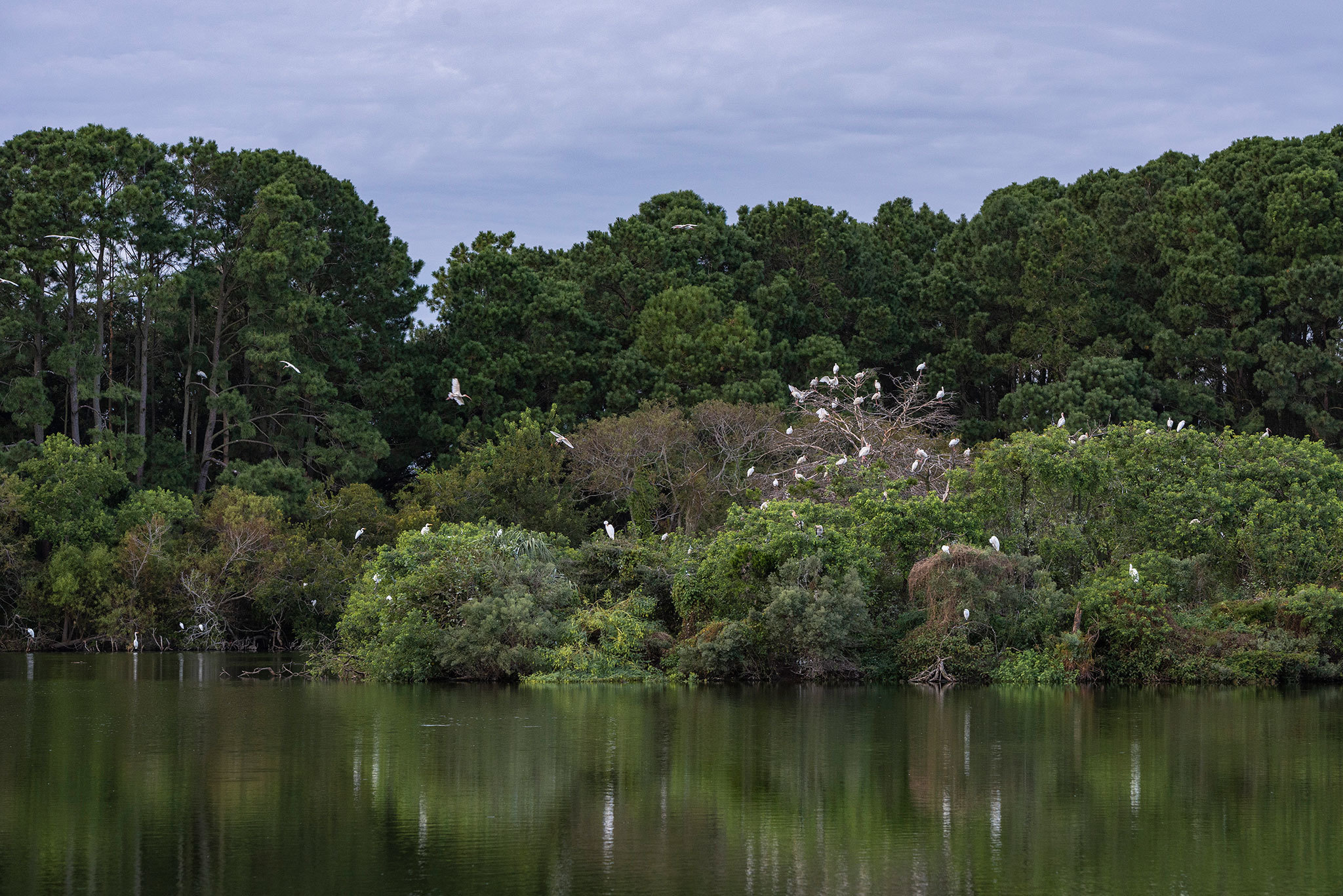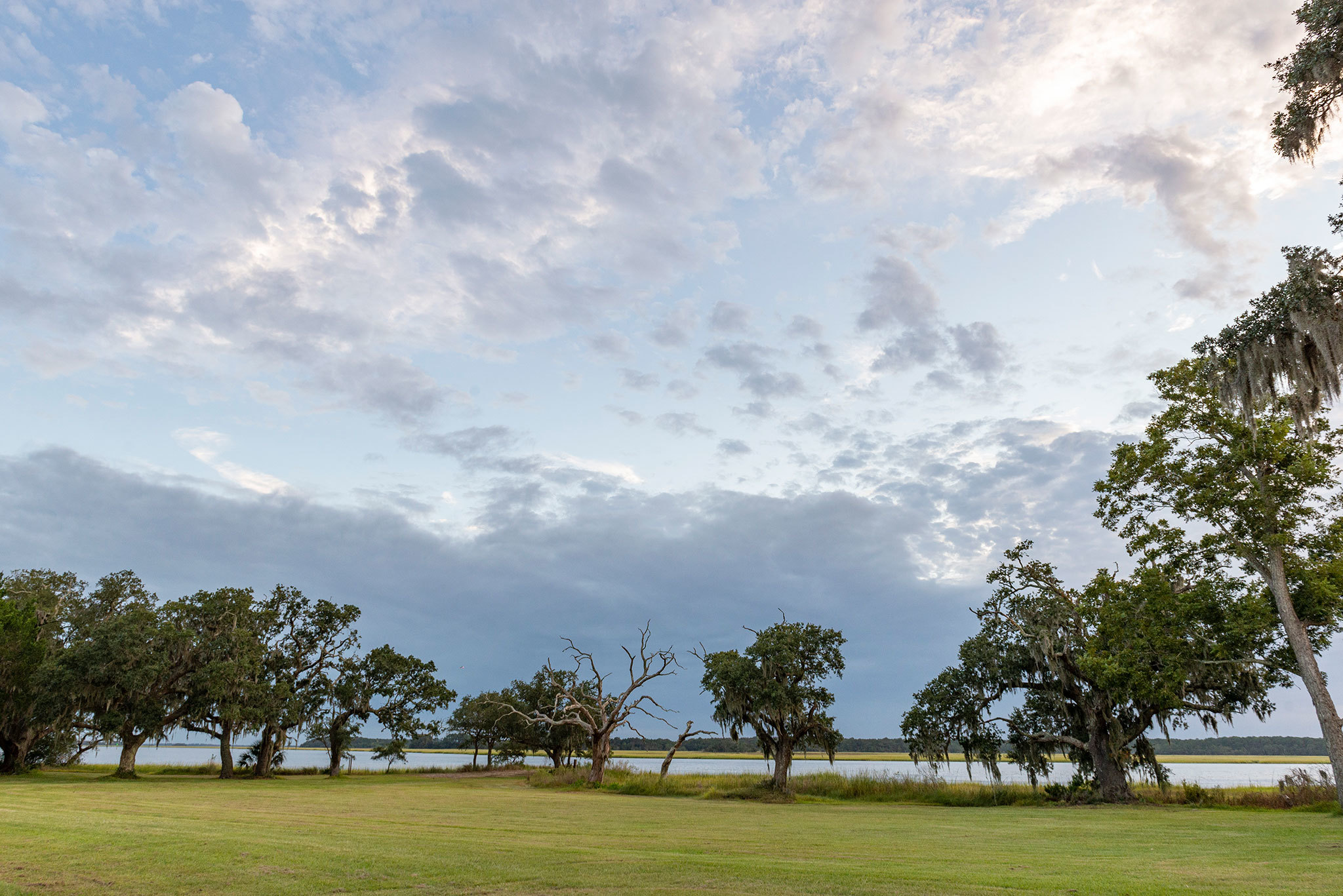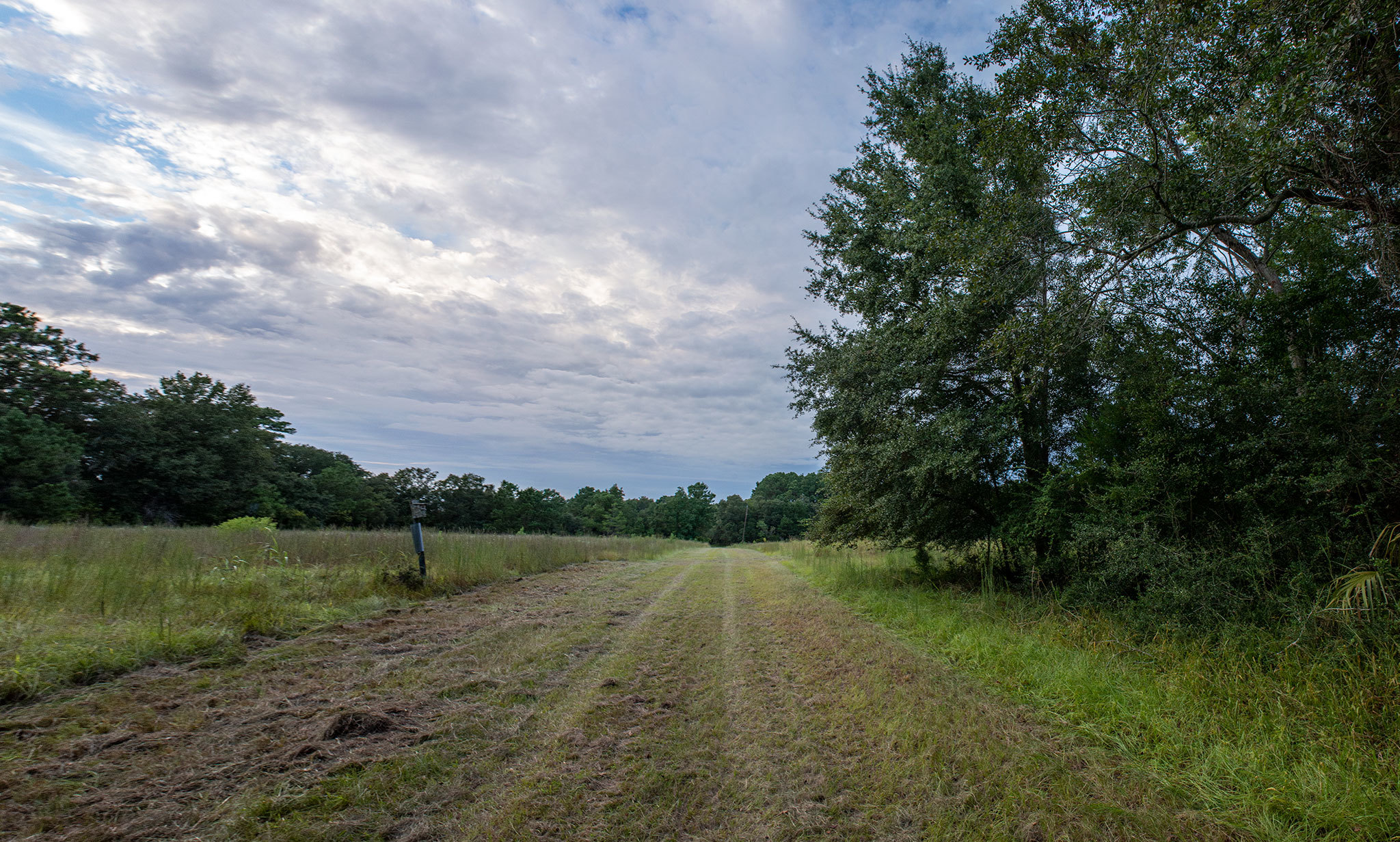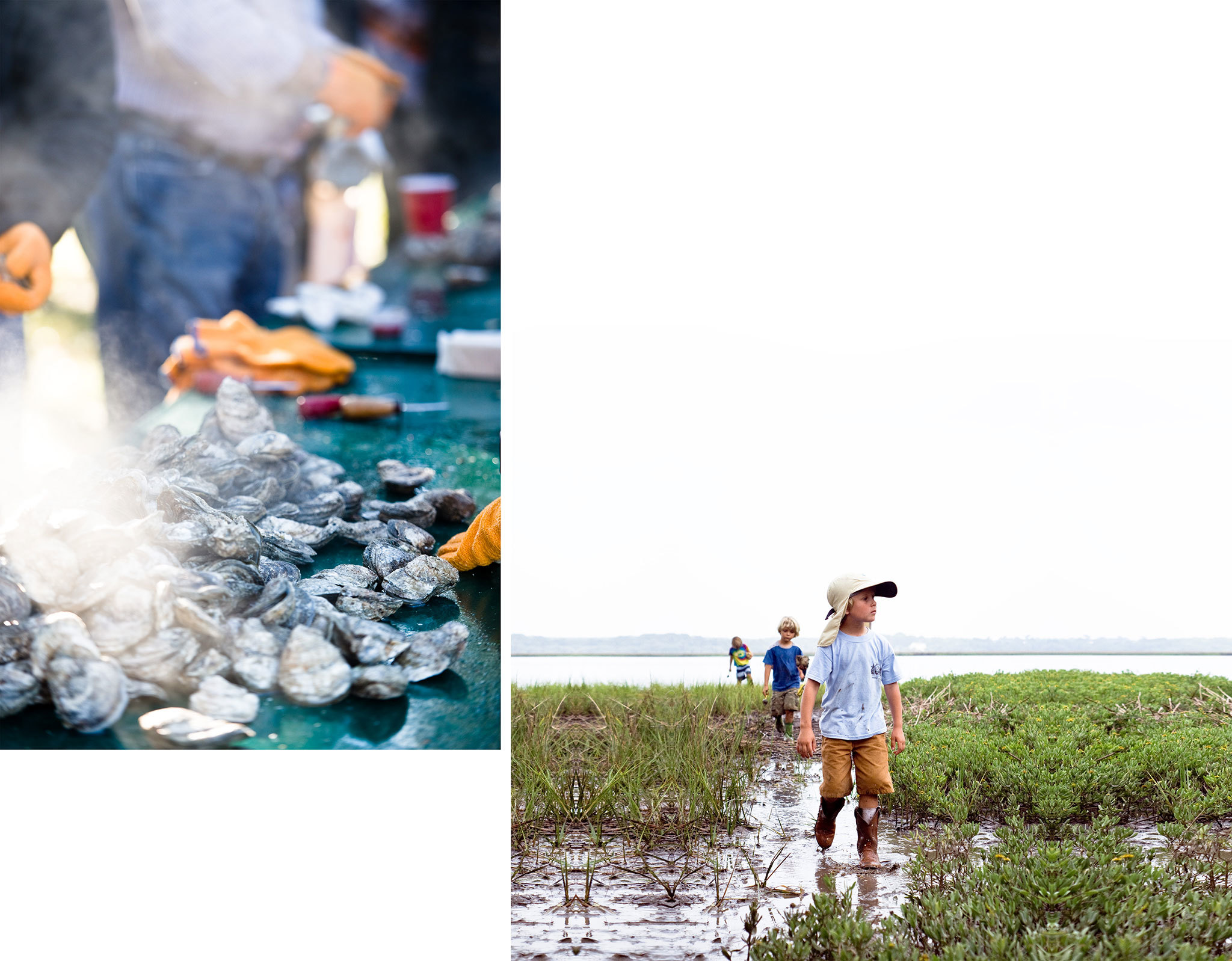First and foremost, a wildlife preserve, the Dill Sanctuary is home to a vast array of birdlife. A six acre wildlife pond with three nesting islands attracts numerous wading birds, including threatened wood storks, while maintained fields, surrounded by woodland, provide habitat for songbirds, wild turkeys and raptors.





